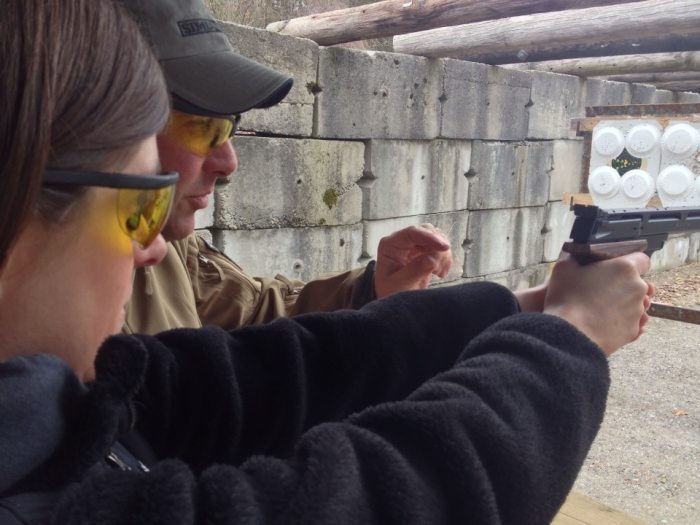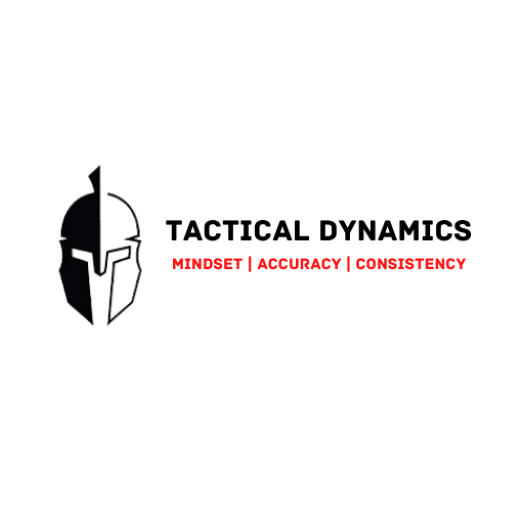
21 Mar Fundamental Training Standards: Who do we train to what level?
An issue that we seem to run in to in our classes is the dilemma of to what level do we train our students to, specifically in reference to fundamentals. Are we developing shooters or just puppy milling licensing courses?
For all intensive purposes, we are speaking at the basic level for this post as it is rather obvious to anyone who takes our Defensive Handgun courses that we are serious about developing shooters, and serious ones at that. So let’s take a look at what our basic courses entail.
MA Firearms Safety Course
Ok… We will admit that this is a VERY basic course. Massachusetts requires its citizens to check the box and take a firearms safety class. We do make every attempt to teach the proper fundamentals of firearms safety and teach safe handling techniques. Do we hold this class often? Yup. Reason being: people want it. The class lasts about four hours and doesn’t involve and range time. Is it a cop out? (Apologies for the pun…) Nope. We take the class seriously and cover all of the required training. EVERYONE handles firearms and must demonstrate that they are capable of safely loading, unloading, and manipulating the weapons. The class is basic but does the job while fitting into peoples schedules.
NRA Basic Pistol Course
This class is far more intensive when it comes to the actual information we are putting out. Its an eight hour class and lasts the full eight hours. We have to cover a large amount of material on handguns and their function as well as the fundamentals of pistol shooting. It can be dry and boring so we try to jazz up the class with related videos from YouTube as well as our personal teaching points from decades of law enforcement, military, and training experience. We also cover the basics of shooting pistols. Fundamentally (see what I did there?) we believe that a strong foundation builds the best house and when dealing with firearms, we need a bit more than a dwelling constructed of 550 cord, duct tape, and a healthy pile of hope. Fundamentals are literally everything. Our students are told this and they see the results on the range. A few minor tweaks and boom… lights bulbs start sparking up over their heads.
There is nothing more satisfying to an instructor than seeing a student who has never fired let alone held a handgun in the past start blasting round after round into a group the size of a quarter at 20 feet. Which brings me to the issue of instructional methodology.
Not just the how…
I have found that if you give a student the reason behind a particular technique instead of approaching them with the mentality of “this is how I do it so do it this way” there will be a greater level of acceptance. This does not mean that you need to go total “gun geek” on the student to illustrate your point but if that’s your schtick by all means go ahead. Perhaps I’m just a simple dude but the least path of resistance usually makes for an easier road traveled. KISS methodology bears fruit folks. Keep. It. Simple.
So do we try to make everyone a “shooter”?
I argue that making everyone a “shooter” is not our job as an instructor. The burden of becoming a student of the craft rests on the shoulders of the student, not the instructor. We as instructors must inspire the student to become a shooter versus simply a gun owner. This means the instructor MUST teach the student the proper fundamentals of shooting. The application is on the student. Some people come through our basic classes to simply check the box and not continue their training down the road. To each their own. Being a Type A alpha dog I personally cannot stand simply checking the box. I want to be able to punch the center out of it at 25 yards, every time I step up to the line and twice on Sunday. My mantra is “I still suck. I must get better.” Otherwise I’m just wasting ammunition and time, both precious commodities nowadays.
So point versus precision shooting?
One begets the other, specifically in the order of precision begets point accuracy. We teach aimed fire from the ground up. The sights are on there for a reason folks. Use ’em. As skills develop and shooters become proficient in utilizing aimed fire techniques, we begin to introduce aspects of point shooting. We have found that students discover their personal grey area where they transition from point to precision but for the most part, the change happens around 7 yards away from the target.
So what’s the problem?
My issue with the whole kit and caboodle is that many people/instructors seem to shrug off the idea of fundamentals, accuracy in particular, being treated with a sense of importance. Take a look at some targets left behind by other shooters at your local range. Casual shooters who put a target out at 15 yards and can’t hit it are only wasting their cash until they are able to realize that perhaps bringing that target in a bit closer and actually figuring out what is going on before stretching the distance is the best approach. Even worse are those who only shoot from a defensive posture and blast the paper from between 3 and 15 yards and end up with a Minute-of-a-Man sized group. Wouldn’t you want to be fast and accurate?
Bottom line?
Speed is great… accuracy is paramount. Shoot fast all you want, but put all of your rounds within a minimum of an 8 inch combat effective zone please.
You may need to use those bumps on the top of your slide….
-Rob





No Comments